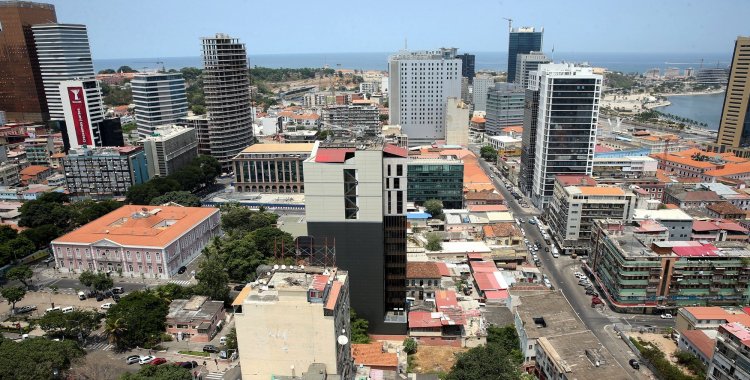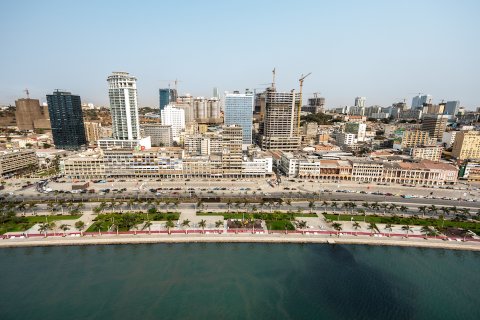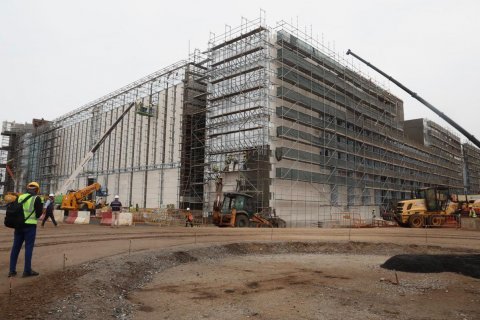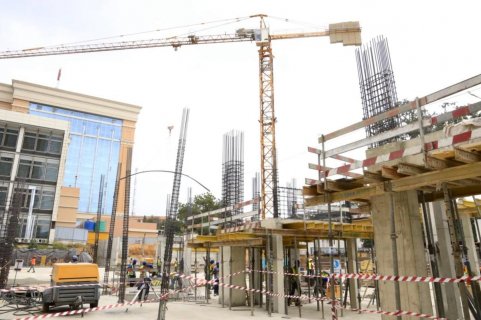"The impact of the economic reforms launched in 2017 has been slow and hampered by the drop in oil production, as well as the effects of the covid-19 pandemic, but the fruits are starting to be noticed, as evidenced by the robustness of the growth of the non-oil sector in the second quarter, at 4.2 percent", write the analysts in a comment on the figures released by the National Institute of Statistics of Angola.
"In addition, we anticipate that the prolonged decline in oil production, which has been falling since 2015, will finally stop this year", adds Oxford Economics, in the note to which Lusa had access.
Even so, analysts warn that the 3.2 percent growth in the first six months as a whole, the best performance in the first part of the year since 2015, "is expected to slow down in the second half, with the moderation in global growth and prices of the oil, which will slow down export growth".
Angola's Gross Domestic Product (GDP) grew by 3.6 percent in the second quarter compared to the same period in 2021, and accelerated by 0.5 percent compared to the growth recorded in the first quarter of this year, INE announced last week.
Compared to the figures for the same period last year, the diamond sector represents the industry with the highest growth, growing more than 40 percent: "Gross Added Value of Diamonds grew by 40.3 percent in the second quarter of 2022 compared to the same quarter, contributing positively by 0.79 percentage points to the total change in GDP", reads the note released in Luanda.
"The incorporation of carats from semi-industrial production and the increase in production from the various concessions, due to favorable weather conditions, justify the exponential growth in the period in question", the text adds.
In the opposite direction, the Financial Intermediation and Insurance sector recorded the biggest drop, with a 38.8 percent reduction in activity: "The Gross Value Added of Financial Intermediation and Insurance had a retraction of around 38.8 percent , in the second quarter of 2022 compared to the same quarter of the previous year, contributing negatively by 0.79 percentage points to the total change in GDP", according to the note, which explains that "the change in this financial intermediation activity was due to the fall in of the income of commercial banks, since it has greater weight within the activity segment".
In the press release on the Quick Sheet of Quarterly National Accounts, INE also reports a growth of 3.2 percent in the first six months, noting a growth of 3.2 percent compared to the first half of last year.
This positive variation is mainly attributed to the activities of Agro-livestock and Forestry 3.3 percent; Oil and Rufino Extraction 2.2 percent; Manufacturing Industry 2.6 percent; Electricity and Water 2.4 percent; Construction 6.0 percent; Transport and Storage 32.0 percent; Public Administration 5.6 percent and Real Estate and Rental Services 2.9 percent and Other Services 3.8 percent", the text points out.







